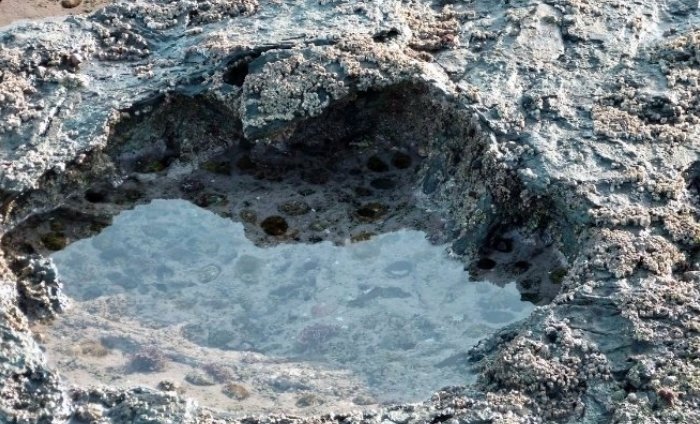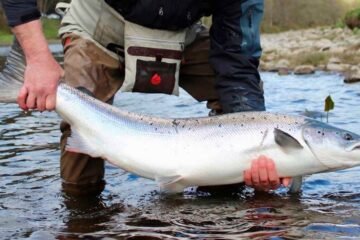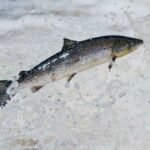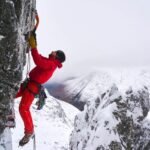Newly identified dinosaur footprints on Scotland’s Isle of Skye suggest that massive plant-eating sauropods and their carnivorous predators, megalosaurs, frequented the same lagoon for water. The discovery provides a rare glimpse into the Middle Jurassic period, a time when dinosaurs were evolving in ways that would shape the future of the prehistoric world.
A Rare Window Into the Middle Jurassic
Dinosaur fossils from the Middle Jurassic period are notoriously scarce, making the recent discovery on the Trotternish Peninsula an extraordinary find. The footprints, meticulously studied by a research team from the University of Edinburgh, date back 167 million years and were preserved in sediment that once formed a vast river estuary.
Tone Blakesley, a lead author of the study and a Masters graduate at the Scottish university, first noticed three distinct tracks in 2019. “It was very exciting,” Blakesley said, recalling the moment his team realized the significance of the site. Over time, they identified 131 footprints, using drones and 3D modeling software to create detailed reconstructions.
One surprising detail? Many of the tracks had been previously mistaken for fish resting burrows due to their flat, shallow impressions. “There was only a thin layer of sand over a harder mud layer,” Blakesley explained. “That left just subtle, shallow prints.”

Dinosaurs Roamed a Subtropical Scotland
While the Isle of Skye is known today for its rugged, stormy landscapes, the region looked vastly different in the Jurassic period. Back then, it had a warm, humid climate with sprawling lagoons, conifer forests, and winding estuaries. The perfect setting for a prehistoric watering hole.
Sauropods—the largest land animals to ever walk the Earth—left slow, steady prints in the mud, moving at just 2.5 kilometers per hour (1.55 mph). These long-necked herbivores likely fed on the towering conifers that dominated the landscape.
Megalosaurs, in contrast, were built for speed. With bodies the size of a modern Jeep, they moved at around 8 kilometers per hour (5 mph) as they patrolled the lagoon, possibly in search of prey or shelter. The tracks indicate that both species coexisted in the same general area, though not necessarily at the same time.
Predator and Prey: A Delicate Balance
Although the presence of both herbivores and carnivores at the same lagoon is intriguing, there is no direct evidence that they ever interacted at the site. “It would have been a disaster for the sauropods if they did,” Blakesley noted. “The temptation for lunch would have been too much for the theropods.”
The discovery highlights how dinosaurs—much like modern animals—followed predictable patterns when it came to survival. Just as zebras and lions may drink from the same water source in the Serengeti today, sauropods and megalosaurs may have shared access to vital resources while maintaining a delicate predator-prey dynamic.
Ongoing Discoveries and Future Research
Blakesley and his team continue to work at the site, uncovering new footprints as recently as this week. The research has already expanded to other areas of Skye and parts of southern England, where additional track sites may hold even more secrets about the Middle Jurassic world.
The study, published in the journal PLOS One, marks an important milestone in understanding the behavior and movement of dinosaurs in prehistoric Scotland. As researchers unearth more fossilized footprints, each new discovery paints a clearer picture of how these ancient giants lived, moved, and survived in a world long lost to time.


















